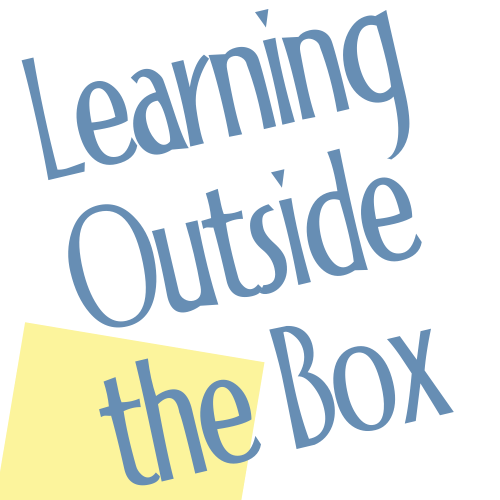Project-Based Learning at Home: An All-Inclusive Approach to Home Education

Hello, dear reader! Heather Martinson here. Today, I will be sharing with you an enlightening discussion on project-based learning at home, an approach that is turning heads and shaping minds in the homeschooling community.
In traditional learning environments, worksheets and textbooks form the crux of education. However, the concept of project-based learning proposes a revolutionary change. Rather than limiting children to these standard resources, this approach encourages learning through projects. Math, writing, sciences, social studies, every subject can be integrated into these projects, creating a holistic learning experience that’s not only enjoyable but also significantly more impactful. These projects result in tangible outcomes that children can proudly present, reaffirming their confidence and sense of achievement.
A remarkable aspect of project-based learning is its emphasis on group work. If you’re homeschooling, it can transform into a family project, fostering teamwork, cooperation, and collective problem-solving. The learning process becomes even more intriguing when children work on individual projects under parental guidance.
The focus here is on creating a unique, tailored learning experience. Unlike many public schools that enforce a standardized outcome for projects, project-based learning champions the idea of individuality. It is authentic, flexible, and child-oriented. The idea isn’t to have every child arrive at the same outcome, but to let each child explore and express their unique perspective.
The process of project-based learning can be broadly classified into four steps: research, written report, oral report, and display. Before diving into the process, it’s essential to help your child choose an engaging and dynamic topic that could range from a specific animal to a popular videogame.
The research phase involves collecting information from a variety of sources such as libraries, the internet, field trips, interviews, and family discussions. Activities and experiments can further stimulate their interest. Keep in mind that the information gathering doesn’t have to be formally structured. It could be links to websites, notes in a journal, or clippings from a magazine.
The written report stage begins by creating a mind map to organize all the information gathered. The map, segmented based on the report topics, gradually evolves into an outline for the report. Depending on the child’s age and comfort level, parents can assist in writing the report. The goal here is not to stress them but to make the project enjoyable and interesting.
The next step, the oral report, can be achieved in several ways – reading the written report, presenting from the outline, or even reciting from memory. Demonstrations, for instance, are an exciting way to present an oral report.
Finally, we have the display stage. This is where your child gets to show off their hard work. A creative display can make the project come alive and also serve as a visual aid during the oral report. Be sure to choose a display medium that aligns well with your child’s abilities and the project topic.
Remember, project-based learning isn’t about the end result – it’s about the journey. It’s about enabling your child to explore, learn, and grow in their unique way. By replacing rigid guidelines with flexibility and encouragement, we can create a more meaningful and memorable learning experience.
So, parents, I encourage you to embrace project-based learning and watch as your child dives into the world of knowledge, not with apprehension but with excitement and curiosity. Happy homeschooling!


Responses